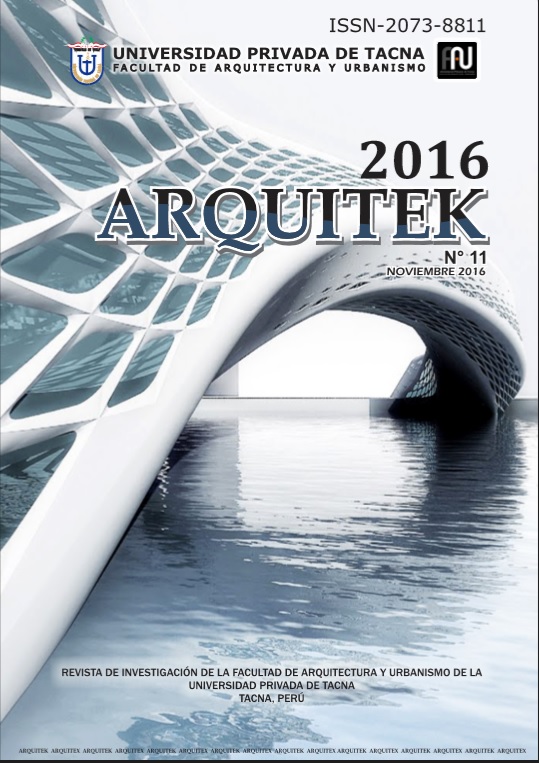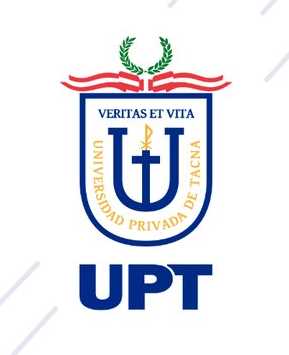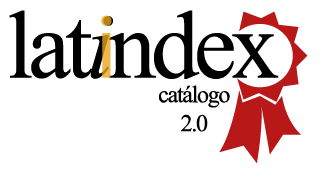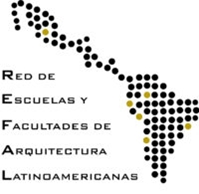Virtual classrooms and their impact on the teaching-learning process
Keywords:
Virtual classroom, Perceptions, Utility, LearningAbstract
The virtual classroom is an innovative educational resource that allows teachers and students to access and use of various media (chat, web pages, discussion forums, blogs, wikis, etc); in order to perform activities that are conducive to learning. The use of this resource will help optimize the teaching-learning process in person, because it creates a development environment and collaborative work between all actors of learning. This will maintain effective communication between students and teachers. This research was conducted during the academic semester 2016-II, applied to students of the Faculty of Architecture and Urbanism of the Private University of Tacna, regarding the use of virtual classrooms. They were part of the sample 300 students of different cycles.
Objective: The objective is to identify the perception of college students from the Faculty of Architecture and Urbanism about the usefulness of virtual classrooms in the teaching-learning process.
Method: This research is characterized as exploratory, transeccional, descriptive study through a questionnaire, designed to measure the perception of college students of this faculty, about the usefulness of virtual classrooms.
Results: In the study results, we can see that students consider that virtual classrooms are useful in their teaching. It can also demonstrate acceptance consulted on premises. However one should consider that a significant percentage, is in an intermediate position, which can be interpreted as the use of this tool is not contributing decisively in their teaching process for students. So it becomes a variable that requires significant attention to the extent that it is failing to contribute to the generation of knowledge in students through the use of these tools.
Conclusions: Students of the Faculty of Architecture and Urbanism have a marked tendency in the implementation of different forms of integration of applications and tools to improve learning processes from virtual communication channels that allow feedback to students. The use of this resource will help optimize the teaching-learning process in person, because it creates a development environment and collaborative work among all agents of learning, this will maintain effective communication between students and teachers.









